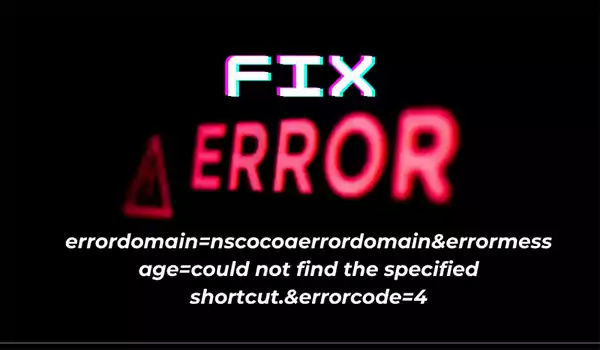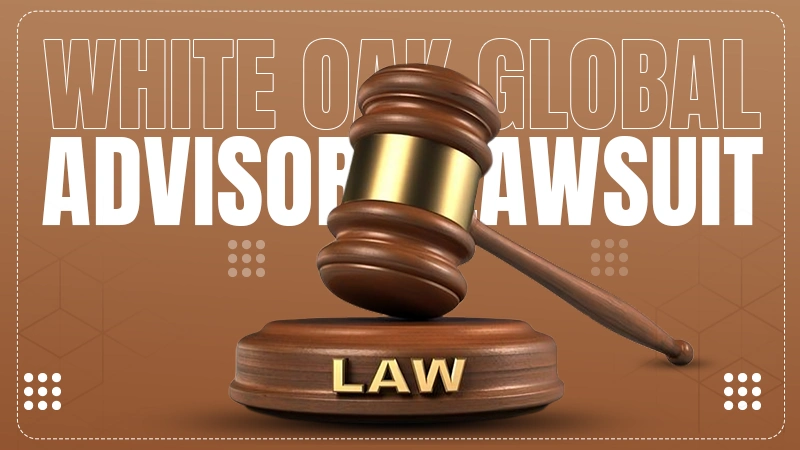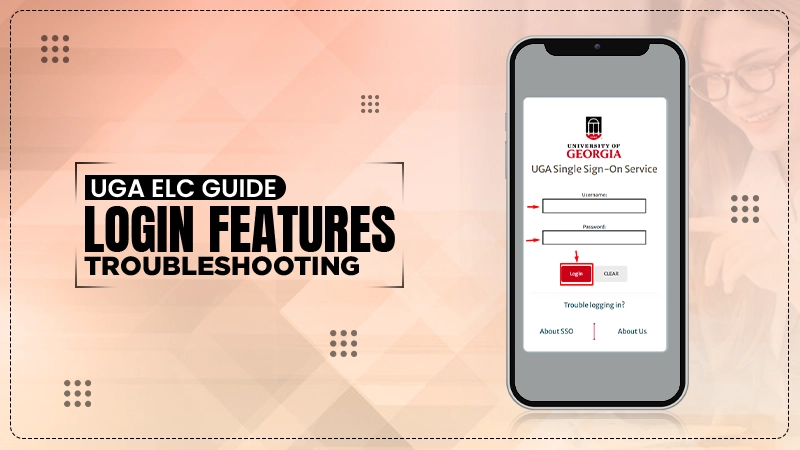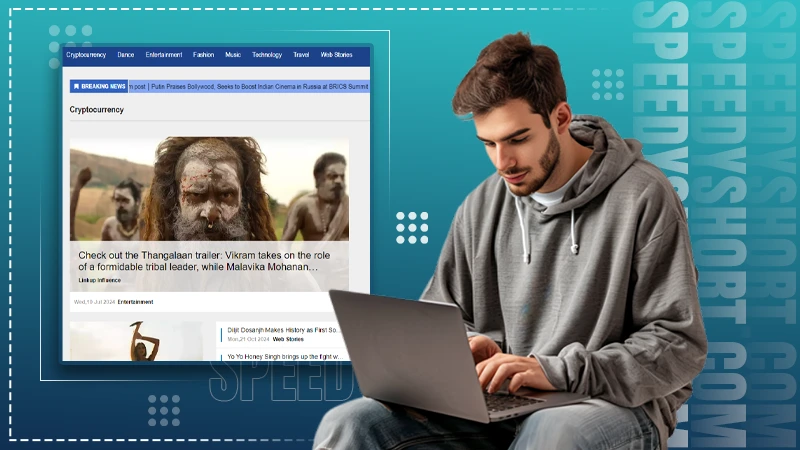How to Resolve the ErrorDomain=NSCocoaErrorDomain&ErrorMessage=Could Not Find the Specified Shortcut.&ErrorCode=4 in 2024?
Efficiency is the key, especially in the world of technology, where every second counts. Even today, the most advanced systems are not immune to errors and glitches.
In this realm, one such error that has caused trouble for developers is “NSCocoaErrorDomain”. This error, with the accompanying message “Could Not Find the Specified Shortcut”, has been a persistent issue for many since its first appearance.
As per recent statistics, the NSCocoaErrorDomain error is reported in 2024 by over 50% of developers. Consequently, it causes delays in project timelines and frustration among users.
This gave rise to the question “What exactly is this error on Mac and how can it be resolved?”
Don’t surrender your keyboard just yet! When you find the error message “Errordomain=nscocoaerrordomain&errormessage=could not find the specified shortcut.&errorcode=4”, stay calm first and then follow this guide.
We have included what you are looking for including what is this error code, what causes it, and methods to resolve it.

Understanding the ErrorDomain=NSCocoaErrorDomain&ErrorMessage=Could Not Find the Specified Shortcut.&ErrorCode=4
Picture the scenario: you are navigating through your macOS device, trying to access a vital shortcut, when out of nowhere pops up the errordomain=nscocoaerrordomain&errormessage=could not find the specified shortcut.&errorcode=4 message.
Now, you must be wondering what does it mean? To answer, at its core, the appearance of this error indicates that the system is struggling to locate the specific shortcut you’re aiming for.
Also, the NSCocoaErrorDomain aspect hints at an issue related to Apple’s Cocoa framework.
Let’s understand each part of this error message separately:
- ErrorDomain=NSCocoaErrorDomain: It refers to the domain or category of the error and is related to the Cocoa framework.
- ErrorMessage=Could Not Find the Specified Shortcut: This part indicates what went wrong means it indicates that the system is unable to locate the specified shortcut.
- ErrorCode=4: It is a specific error that corresponds to the FileNotFound error. Think of it as a system’s way of saying, “Sorry, I couldn’t find what you’re looking for.”
Common Causes of This Error
To see what may have triggered this issue again and again, find the reasons below:
- When the shortcut file has been moved from its original position or repositioned unintentionally.
- Corrupted system files can stop shortcuts from functioning.
- Other software might be interfering with your shortcuts or the Cocoa framework.
- Apps may lack the necessary permissions to access shortcuts.
- There might be conflicts or changes brought about by a recent system upgrade.
- Transient flaws or problems in the operating system or application also cause this error.
Troubleshooting Techniques: Fixes for ErrorDomain=NSCocoaErrorDomain&ErrorMessage=Could Not Find the Specified Shortcut.&ErrorCode=4
In this section, you can find what you are looking for. Here are some fixes for every pioneer:
1. Perform a System Restore
System restore can return the device to the previous working state to function properly. Follow the steps outlined below to do this.
- Restart the MacBook and immediately press and hold the following key combinations as per your needs until you see the Apple logo:
- Command + R: To reinstall the macOS version you are currently using.
- Option + Command + R: To install the latest macOS version on your system.
- Option + Shift + Command + R: To reinstall the version of macOS you get with the system initially.
- Enter the “Password” (if any).
- To erase the disk, select “Disk Utility”, then “Continue”, and finally “Erase” the data.
- After that, click on “Reinstall macOS/Reinstall macOS Monterey”.
- Click “Continue”.
- Up next, select the disk where you wish to install the update.
After completing the aforementioned steps, the system will be restored.
Reminder 💡:
Do not panic, if the Mac restarts several times during the whole process.
2. Reinstall the Application:
- From the “Applications” folder, open “Launchpad” or click it in the “Dock”.
- Press and hold the Option key until the apps start jiggling.
- Search for the app that you want to uninstall.
- Next to the apps, you will see the “Delete icon (cross sign)”, click on it.
- Click on “Delete” to confirm the action.
- Now, head to the “App Store”, search for the same app, and “reinstall” the app’s latest version.
3. Fix Broken Registry Keys:
Broken or corrupt registry keys may create trouble. To resolve this, you can use third-party cleaner tools like Wise Registry Cleaner or CCleaner:
- Download and install a reliable registry cleaner tool of your choice.
- Then, launch and set up the tool.
- Perform a registry scan. It will find any potential issues.
- Now, you need to “run the cleaner” to fix the broken keys.
4. Update System Software:
- Click on the Apple icon to open a drop-down menu.
- You can either select “About This Mac” or “System Preferences” from the menu.
- On the directed page, find the “Software Update” option and click on it.
- If there are any updates available, install it on your device. For that, select the “Update Now” or “Upgrade Now” button.
5. Utilize Reliable Antivirus Programs:
Making the most of reliable antivirus programs keeps the system protected from external threats and attacks. Let’s see how to get started:
- Download and install a reliable antivirus program as per your preference.
- Launch the program on your system.
- Then, run a full system scan. It will detect any malware or virus in the system to eliminate the possible threats.
That is it. Doing this periodically is suggested to keep unwanted situations away.
6. Reset App Preferences:
As mentioned earlier, small changes can be the reason behind the error text. One way to fix that is resetting app preferences. See how to do that:
- Open Finder and click on the “Go > Go to Folder…” option.
- Scroll down a bit and click on the “Preferences” folder.
- In a search bar, type “~/Library/Preferences” and click on “Go”.
- From the bunch of preferences, locate the required app-related file in the list. It usually appears as “com.company.appname.plist”.
- It’s time to right-click the required “.plist files” and select “Move to Trash”.
Later, empty the system trash and reopen the app with its default settings.
Preventing Future Occurrences of the Error
To prevent future occurrences of the error, maintain a proactive approach towards system maintenance. For that:
- Use a Time Machine or a similar backup solution to maintain regular backups.
- Regularly check for updates on your macOS system to ensure compatibility and stability.
- Stay up-to-date with software versions to minimize the risk of errors related to outdated components.
- Practice safe browsing habits and be cautious when downloading third-party software or files from untrusted sources.
- Use a reputable antivirus program to scan for potential threats.
Final Take
In conclusion, encountering errors like errordomain=nscocoaerrordomain&errormessage=could not find the specified shortcut.&errorcode=4 is not uncommon.
But, when you are armed with knowledge about its common causes and effective troubleshooting steps, addressing and resolving this issue seems no rocket science.
By applying the methods mentioned in this guide, you can fix it within no time.
So, take advantage of this guide and keep your macOS running seamlessly as well as efficiently for all your tasks ahead.
Also Read: Mastering the Art of Text to Video












